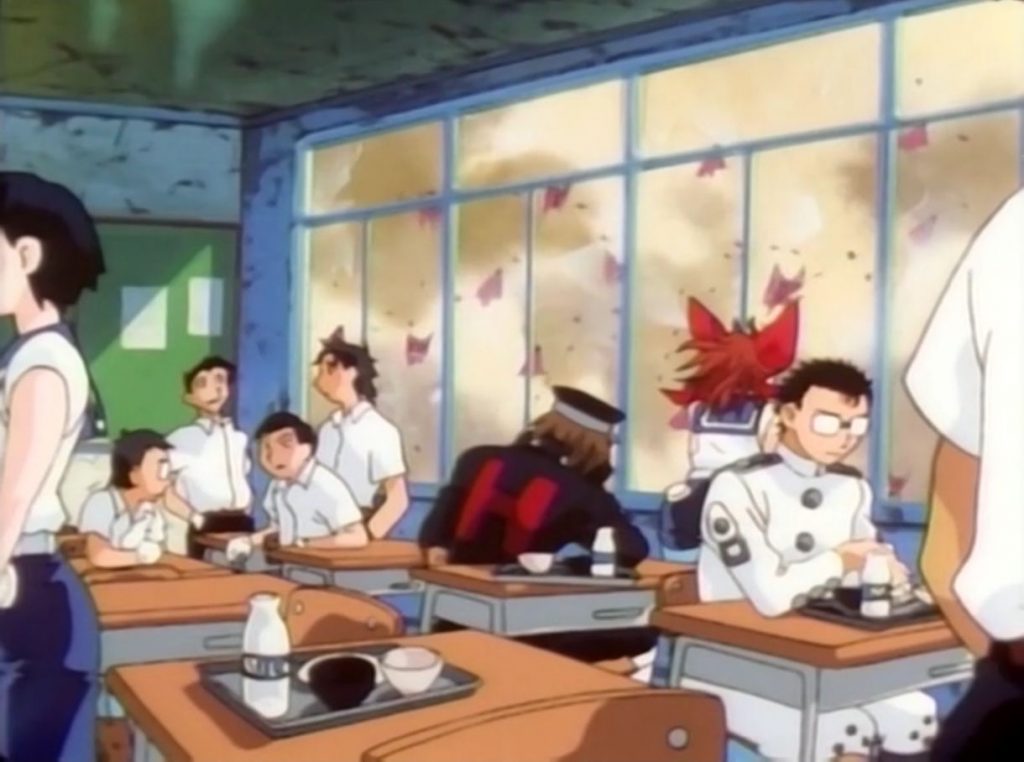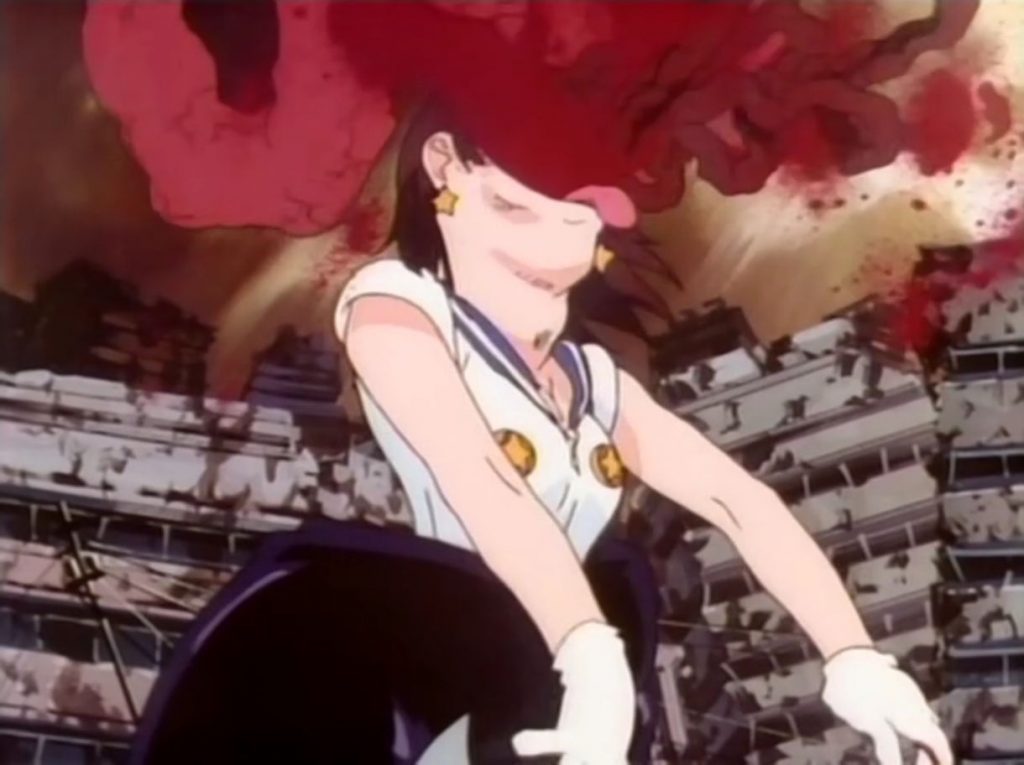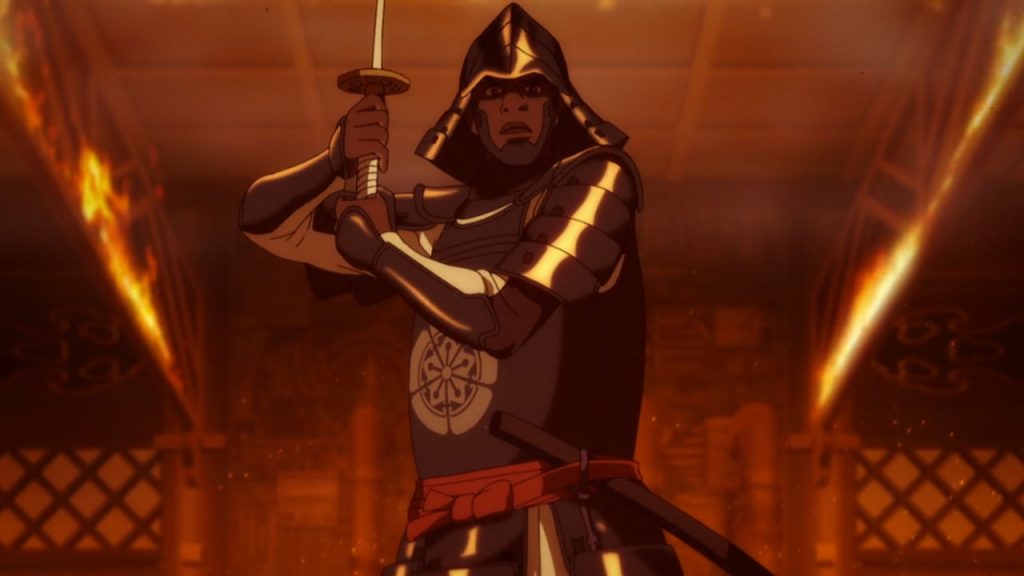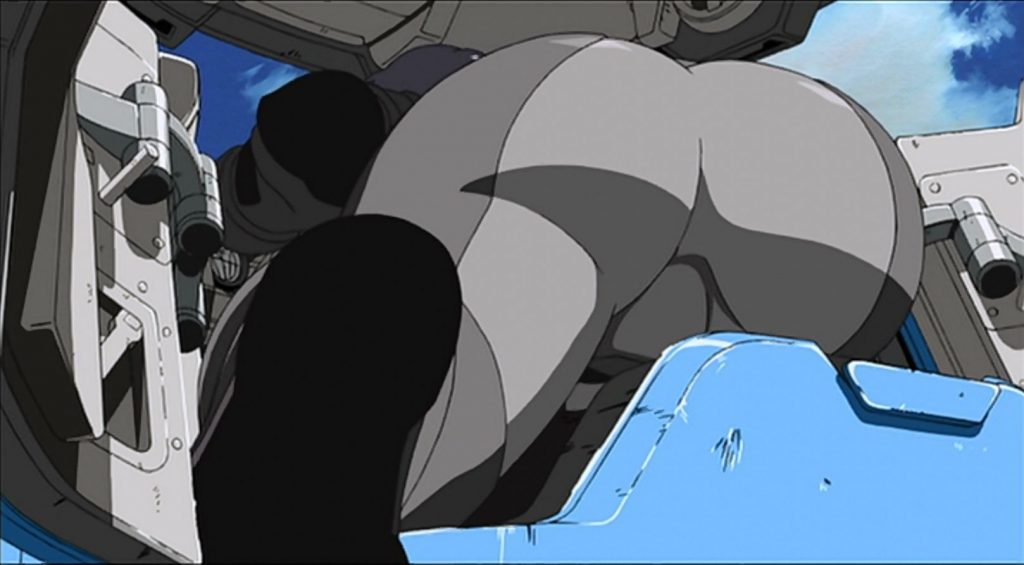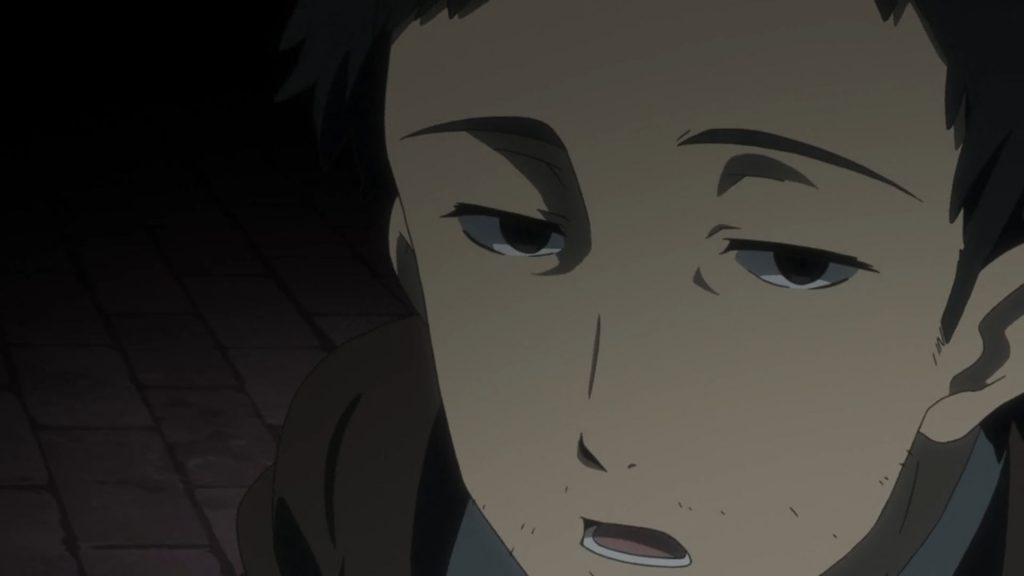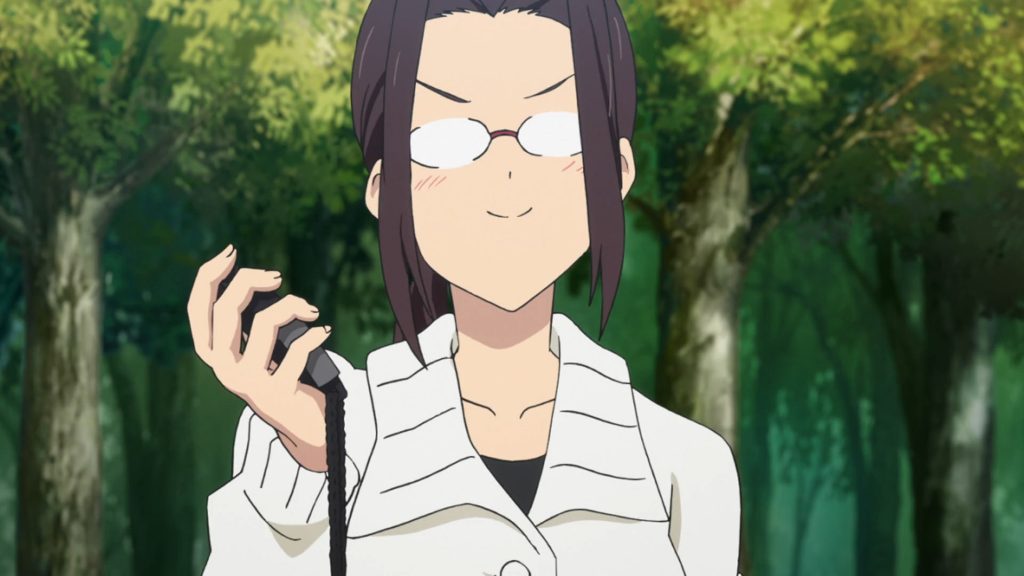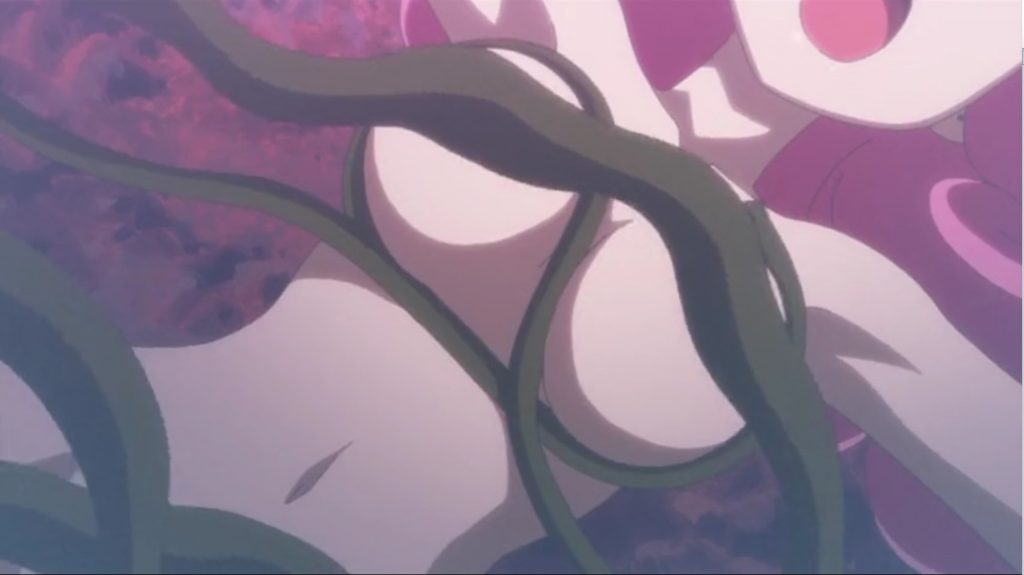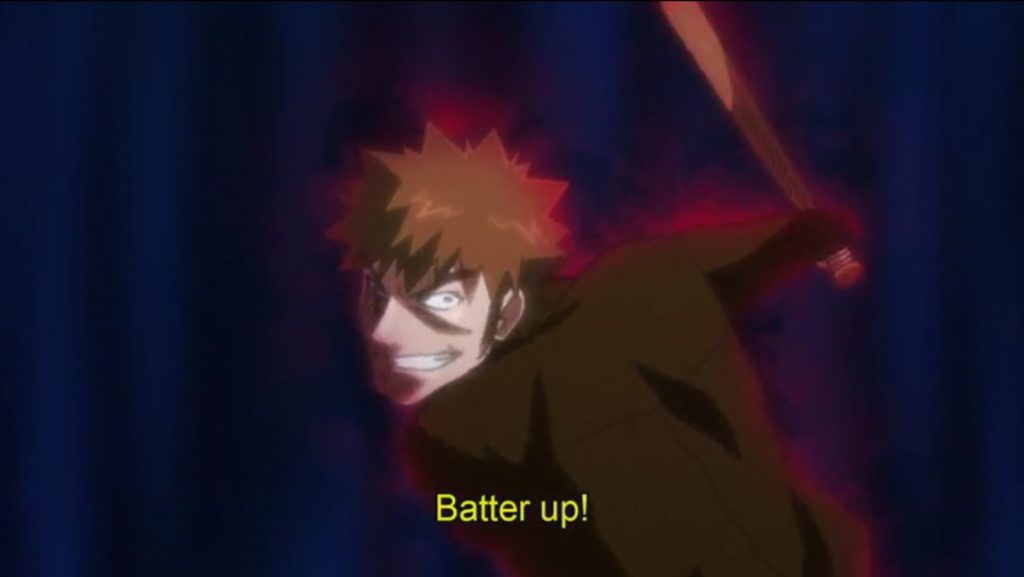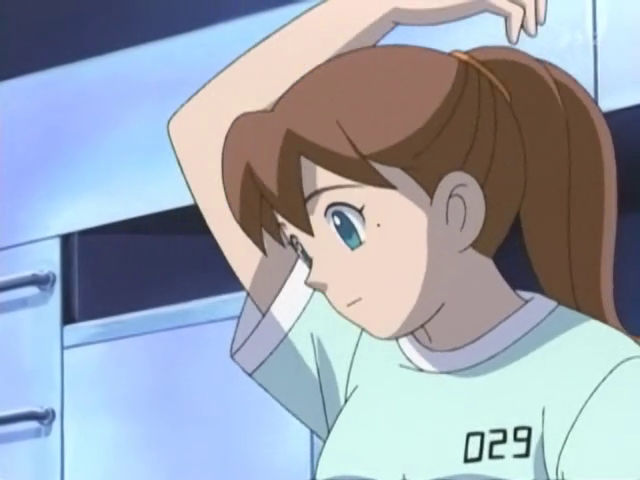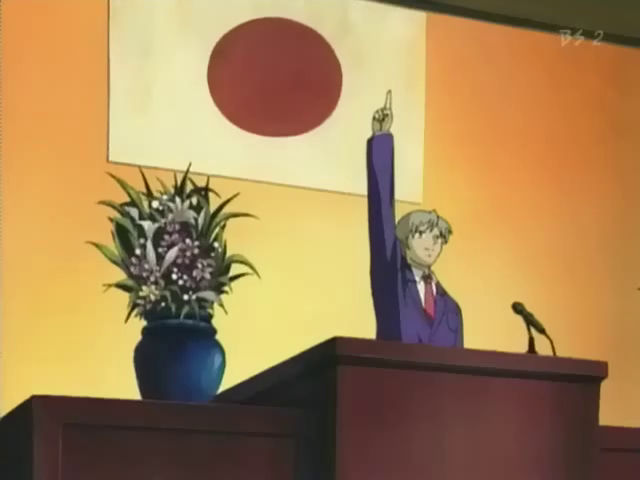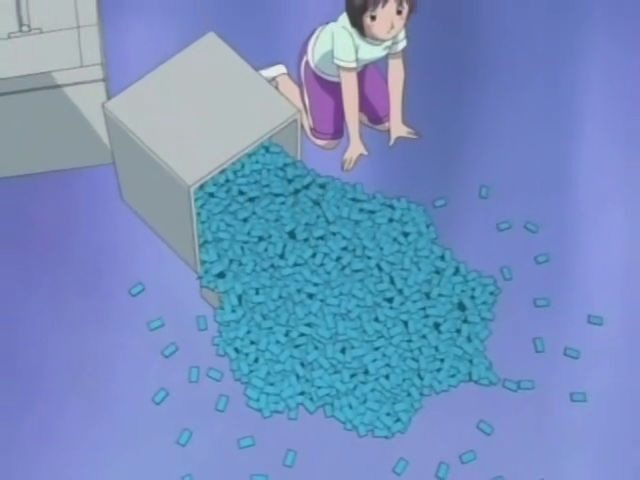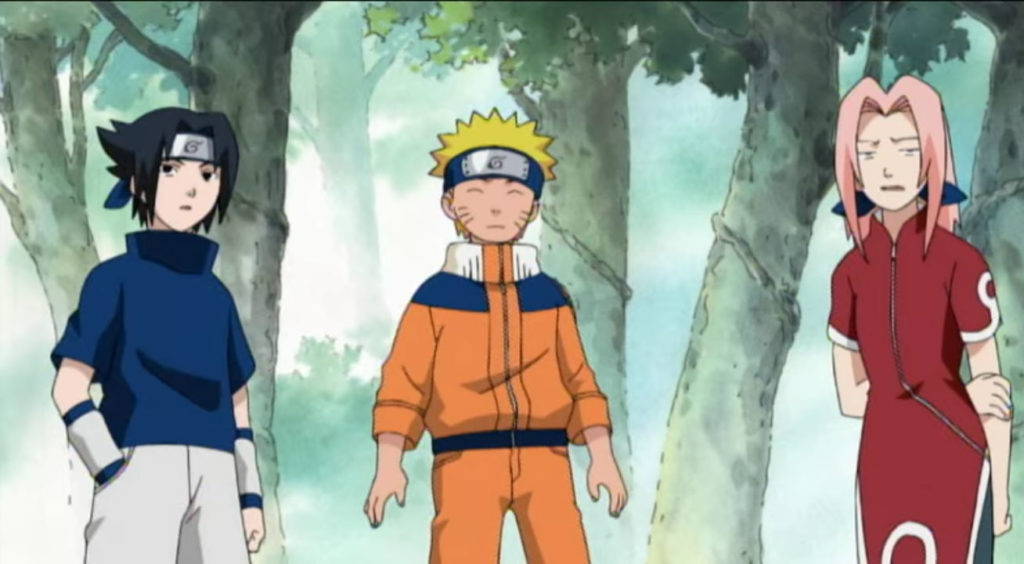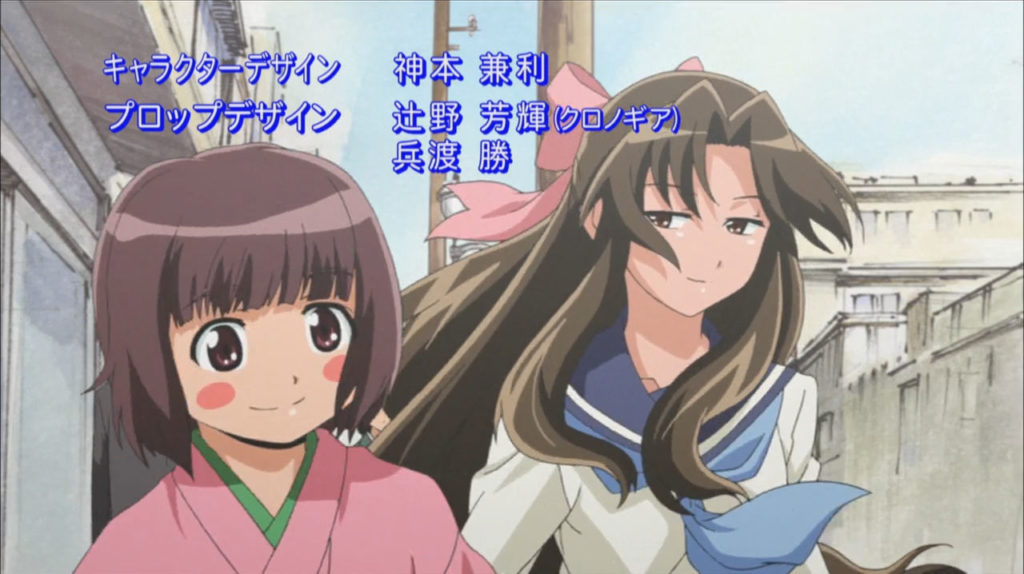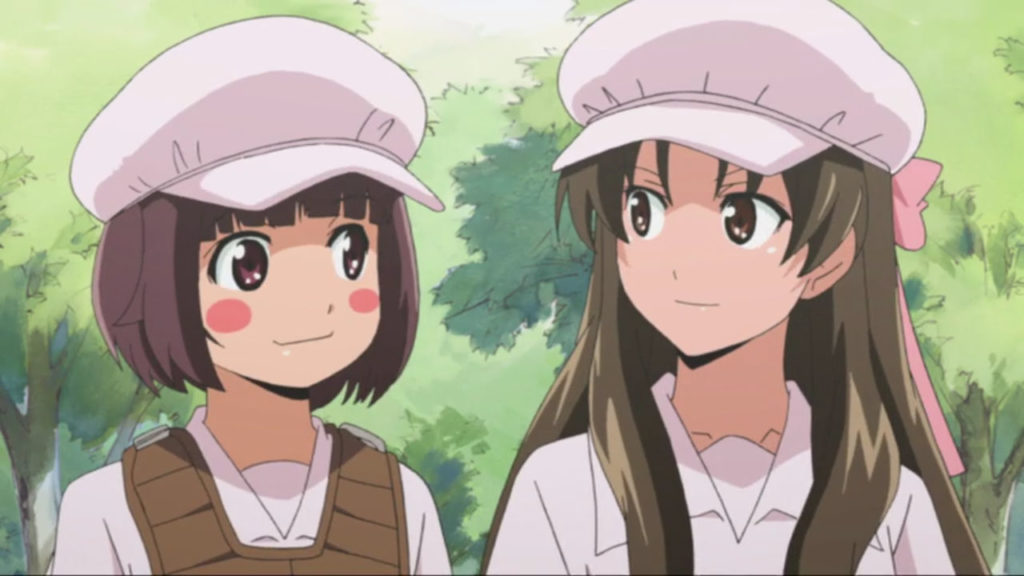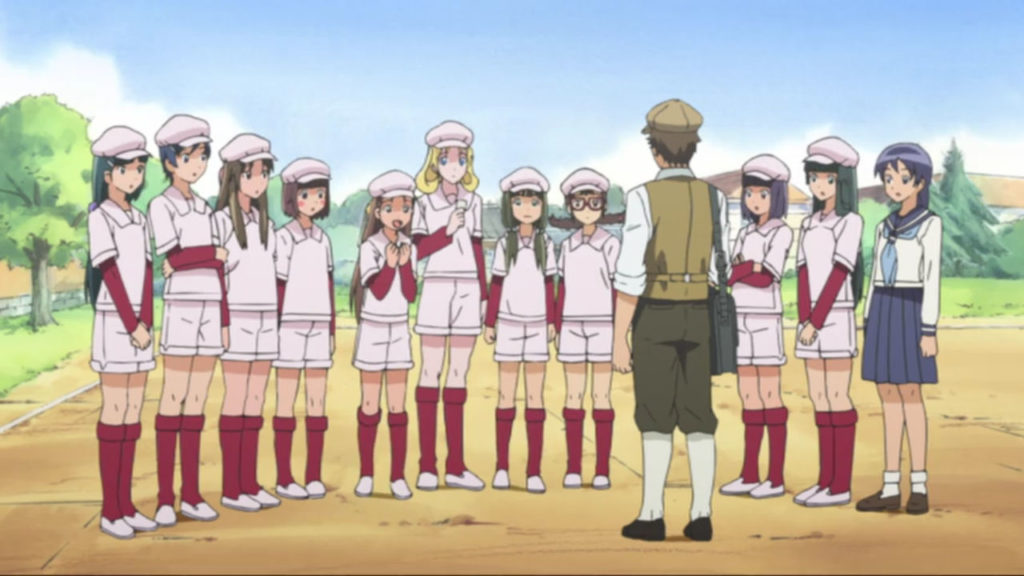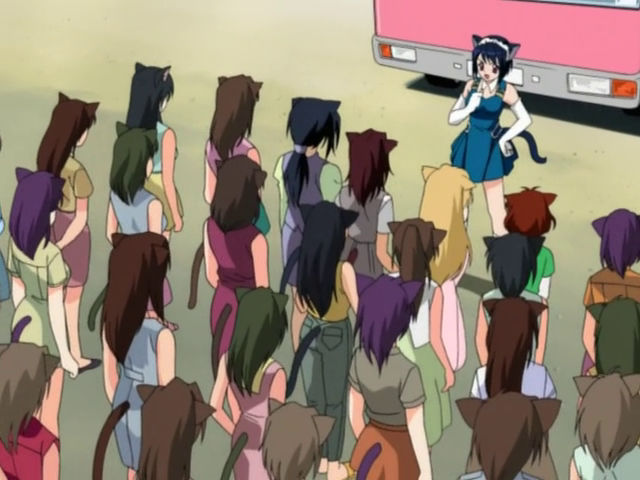Since When does Production I.G adapt BL Mangas?
by Bolt Vanderhuge
I have to admit that I probably wouldn’t have bothered to watch Moriarty the Communist Patriot if not for my anime group voting for it. I had actually never heard of this before, so I went into it completely unbiased when I started. The fact that Production I.G had done it gave me some hope initially, because back in the ‘90s and early 2000s, they had actually made some pretty good stuff, even it was pretty obvious one or more people there had a huge anti-America boner. While the same attention to technical detail is still alive there, as someone obviously did their homework on Victorian-era Britain. But while the art skills are still there, the writing skill apparently is not.
At first I thought this series might just be some attempt to make the character of Moriarty more sympathetic (as the title calling him a patriot suggests), or at least an attempt to try some kind of a twist on the old Sherlock Holmes franchise by focusing on this character. Essentially, Moriarty shows all the same deductive skills that are stereotypically associated with Holmes, but the “twist” ends up being that the perpetrator of the crimes he solves are all rich aristocrats and the “service” he offers is to arrange for someone else to murder them.
While was not immediately apparent to my dense self, but after the opening monologue started in the second episode and the flashback featured therein, it became obvious that this series is really just socialist revenge fantasy, which frankly was quite horrifying for a freedom-lover like myself to watch.
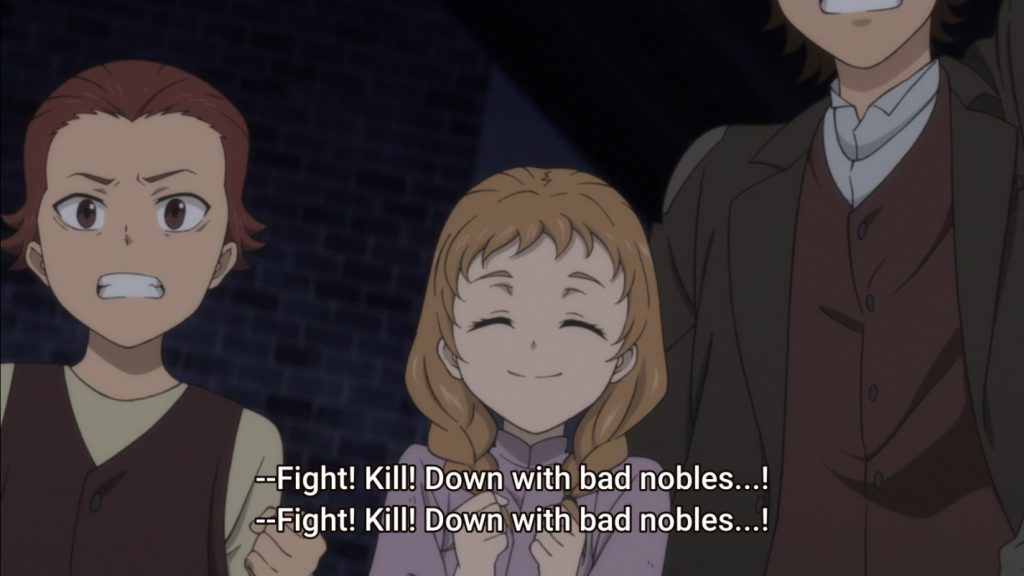
The strict class separation of Victorian England really lends itself well to socialist talking points, but the show really does go overboard on it. Part of me wonders if they are just using England as a proxy for Japan, given the taboo against criticizing the Imperial family, but that’s probably giving the writers too much credit given how cartoonishly evil all the aristocrats in this series are depicted. Except for Albert Moriarty, who proves his virtue by murdering his entire family after first talking them into adopting William and his brother Louis. Only after the senior Moriarty paid for Louis to get life-saving surgery, though.
The first part of the series was very formulaic, consisting entirely of some aristocrat doing something completely inhumanly evil, William showing how smart he is by figuring out who committed said wrongdoing and/or finding all the details he needs for him and his crew of fellow commies to murder said aristocrat without getting caught. These “perfect crimes” were to be part of some plan to somehow reform the British Empire, but it wasn’t really apparent how this would be accomplished since it really seemed to be all about the revenge aspect and just how smart William was. I would even have gone as far as to accuse him of being a Wesley Crusher level Gary Stu if not for the fact that he was basically just the pop culture stereotype of Sherlock Holmes but evil.
I was honestly getting bored of this series once the initial shock of Production I.G having gone full commie on me had worn off, but just as I was starting to zone out, the series changed things up by introducing the famous detective and archenemy of Moriarty, Sherlock Holmes. It was at times actually somewhat interesting to see these two play off of each other, but it was also pretty apparent that the show was basically morphing into a yaoi fan-fic. It later became the ultimate crossover fic after introducing a few other characters from the classic Sir Arthur Conan Doyle series by doing some … interesting things with them. For example, Irene Adler went from being able to disguise herself as a man (somehow, in spite of being built like Danni Ashe), to being trans, and being able to beat the crap out of people, to actually being the first James Bond, and first agent of MI6, which was totally invented thanks to William Moriarty’s influence. Upon the reveal of her new name, I laughed my ass off. A character named Billy the Kid also turns up. Stuff like this was the only real entertainment I got out of this series. It’s literally the ultimate yaoi socialist self-insert cross-over fan-fiction.
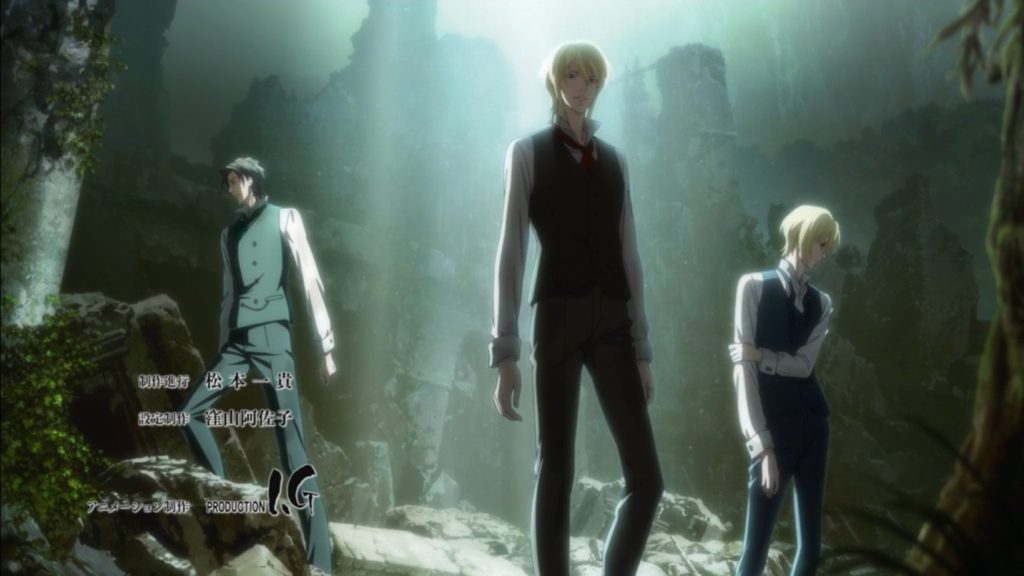
I guess another example of the hilarity of this show is that it seemed to be structured like the 1997 Berserk series in that it started in 1911 New York City (with a period-accurate skyline) and then flashed back to William Moriarty’s beginning in London, but it’s like the writers forgot to bookend the series, and rather than ending up back in 1911 New York City, it ended in Switzerland. This Rian Johnson level of subverting expectations may be accurate to the manga (I don’t know or care), but it is still pretty funny.
So should you watch this show? Well, that depends. Are you a communist BL fan who also likes Sherlock Holmes? If so, you’d probably like this show, and hijacking planes to get to Red Zone Cuba. Do you like watching absurd things and making fun of them? You will find plenty to make fun of in this series, but it only really picks up toward the end and you really have to wait for the laughs before that. If you don’t want to wade through propaganda to get to the stupidly fun second season, or were foolishly hoping this show might do an actual adaptation of a Conan Doyle mystery, I would recommend that you skip this one and maybe watch Sherlock Hound instead.
Maybe Check It Out:
Moriarty the Patriot
Directed by Kazuya Nomura
Based on the manga written by Ryōsuke Takeuchi and illustrated by Hikaru Miyoshi
Produced by Production I.G
Streaming (press time): Crunchyroll

